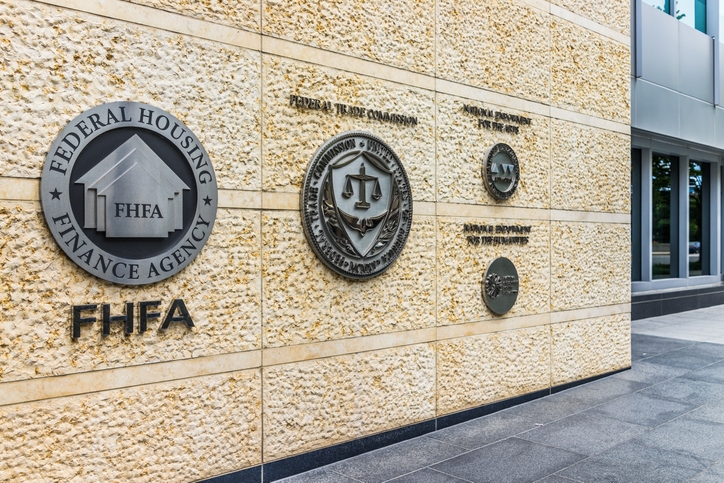
FHFA Makes Changes To Better Support Fannie & Freddie

Shakes up CSS Board, appoints former Chicago Fed CEO Feldman as interim chairman
- After a nearly two-year review, the agency determined that CSS should focus on maintaining the resiliency of the Enterprises’ mortgage-backed securities platform.
- CSS, a joint venture of the Enterprises, issues $400B in mortgage-backed securities each month.
The Federal Housing Finance Agency (FHFA) announced changes this morning intended to better support Fannie Mae and Freddie Mac (the Enterprises) in issuing mortgage-backed securities.
FHFA said Matthew Feldman, the former president & CEO of the Federal Home Loan Bank of Chicago, has been appointed interim chairman of the Board of Managers at Common Securitization Solutions to assist with the changes.
In early 2020, FHFA explored expanding CSS' role in order to serve a broader market. After a nearly two-year review, the agency determined that CSS should instead focus on maintaining the resiliency of the Enterprises’ mortgage-backed securities platform. FHFA said the decision allows CSS to focus on the safety and soundness of the housing finance market and reduce unnecessary expenses as the Enterprises rebuild capital.
As a result, the independent members of the Board of Managers brought on as part of the CSS market expansion activity have left the board. Anthony Renzi will remain as the CEO of CSS and as a member of the board.
"I am fully confident that Matt Feldman will be vigilant in overseeing this transition and in ensuring that CSS focuses, first and foremost, on supporting the securities platform and serving its owners, Fannie Mae and Freddie Mac," FHFA Acting Director Sandra L. Thompson said. "I am also pleased that Tony Renzi will remain as CEO given his strong leadership over CSS operations."
CSS is a joint venture owned by the Enterprises. It enables them to issue the largest segment of mortgage-backed securities — the Uniform Mortgage-Backed Security — to support liquidity in the nation’s housing finance markets. CSS does this via the Common Securitization Platform, which processes more than $400 billion in mortgage-backed securities each month.
Feldman said he is honored to be appointed interim chairman of the CSS board, and is “committed to ensuring CSS is focused on supporting the Enterprises’ mortgage securitization activities in a safe and sound manner."
Feldman served as president & CEO of the Federal Home Loan Bank of Chicago from April 2008 through December 2020. He had previously served in several other executive positions at the bank beginning in 2003, including chief risk officer and executive vice president, operations and technology. Before joining the bank, he was president of Continental Trust Co., a wholly owned subsidiary of Continental Bank, and served in other roles in capital markets, investments, and general management during his 15 years there.
He holds degrees from Case Western Reserve University and the Kellogg School of Management of Northwestern University, where he is




